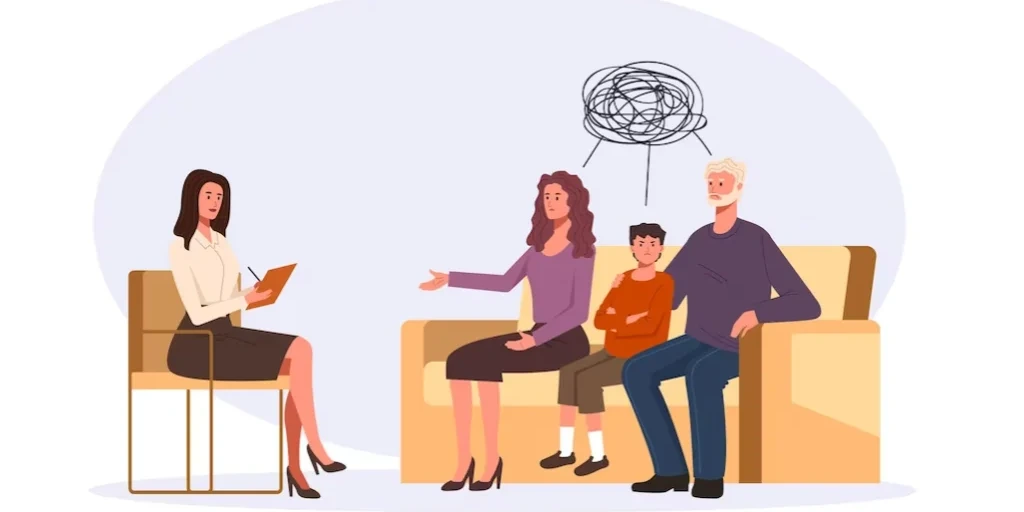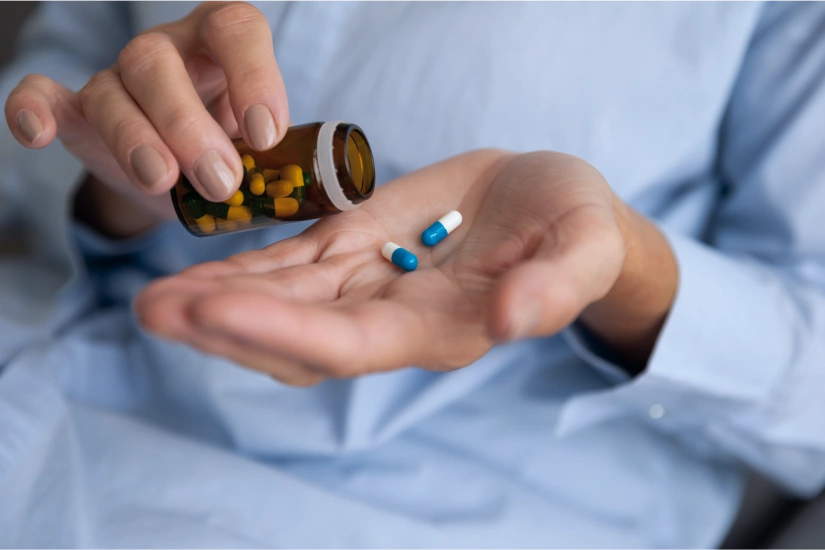24/7 Helpline:
(866) 899-221924/7 Helpline:
(866) 899-2219
Learn more about Inpatient Rehab centers in Southside
Inpatient Rehab in Other Cities

Other Insurance Options

Covered California

Multiplan

United Health Care

ComPsych

EmblemHealth

American Behavioral

Medical Mutual of Ohio

Self-pay options

Anthem

Holman Group

Regence

Optum

Humana

Premera

Lucent

BlueCross

AllWell

Choice Care Network

Sutter

CareSource














